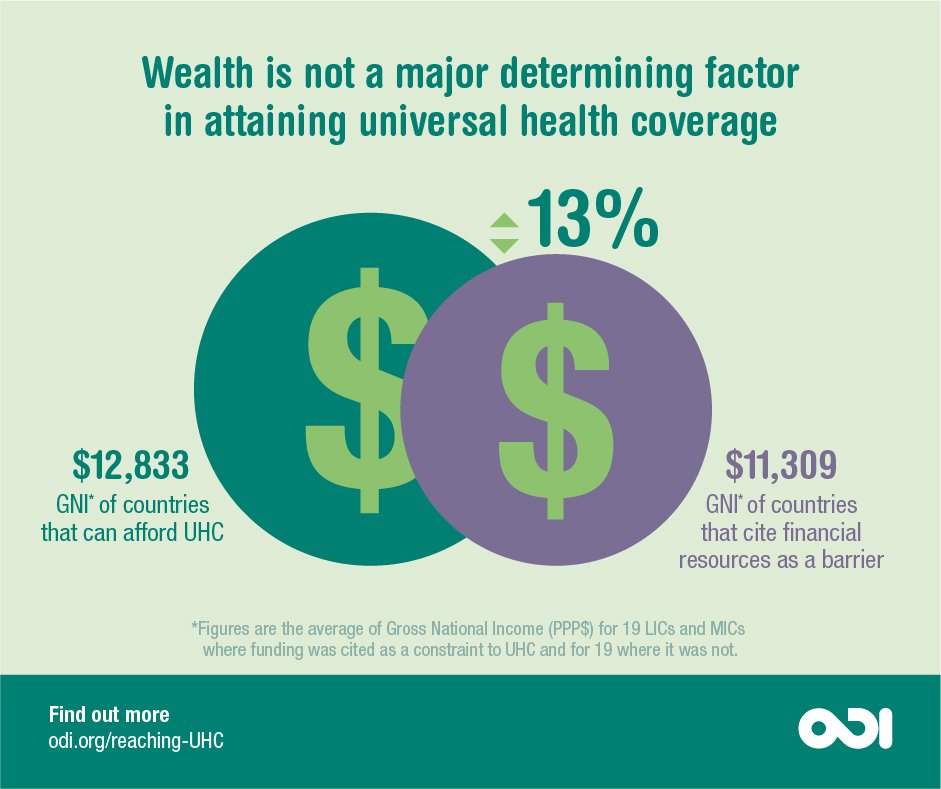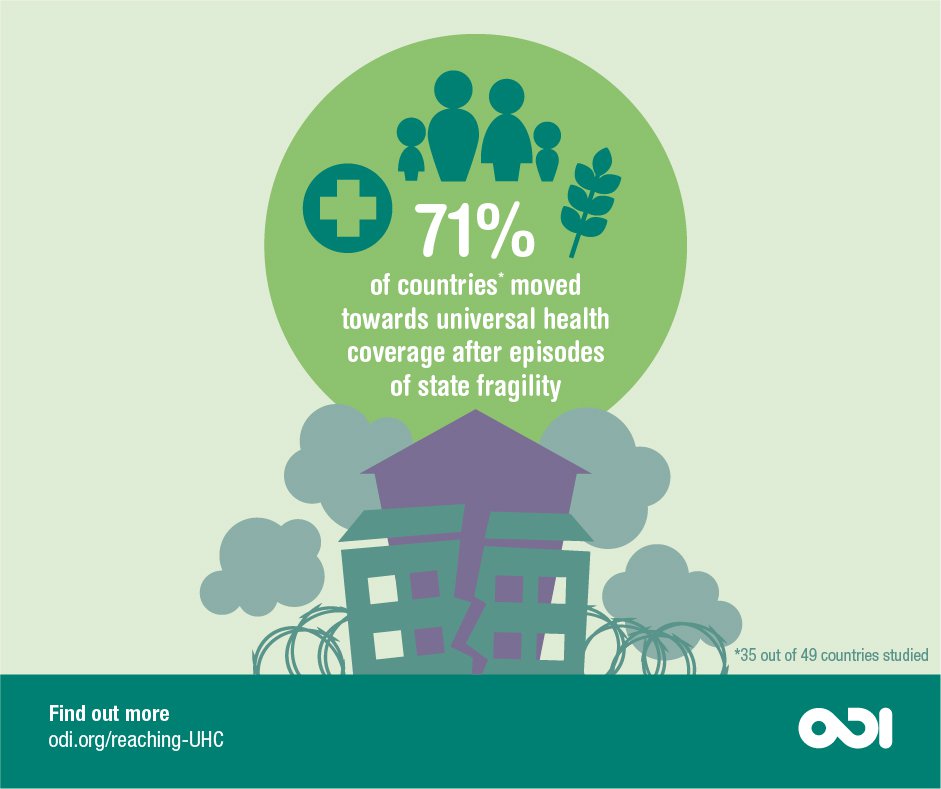This paper aims to understand why and how countries provide health coverage, particularly to left-behind groups. To address these questions, we identified 49 geographically, economically and culturally diverse countries that have either achieved universal health coverage (UHC) or have made good progress towards it. This paper synthesises the existing literature and identifies global and regional trends underlying progress, as well as the enablers, strategies and constraints each country faced in trying to expand healthcare.
While there is no single path to UHC, this paper identifies common trends. For instance, countries normally move to provide health coverage during the reconstruction that follows fragility, such as following a war, coup or economic crisis. Wealth appears to be far less important than government capacity in providing coverage (although poorer countries are more likely to struggle with capacity). Government-run health systems seem to perform better than privately financed alternatives (e.g. insurance models). Before UHC is achieved, health reforms are often subject to contestation but once countries move towards universal coverage, this becomes stable and is unlikely to be reversed.
Updated version published 23 June.
The following errors were corrected: last sentence of Box 2 changed from ‘In our inclusion’ to ‘Our inclusion criteria deem countries’; Table A1 – Reason for inclusion column for Rwanda changed to ‘LIC with UHC’.



